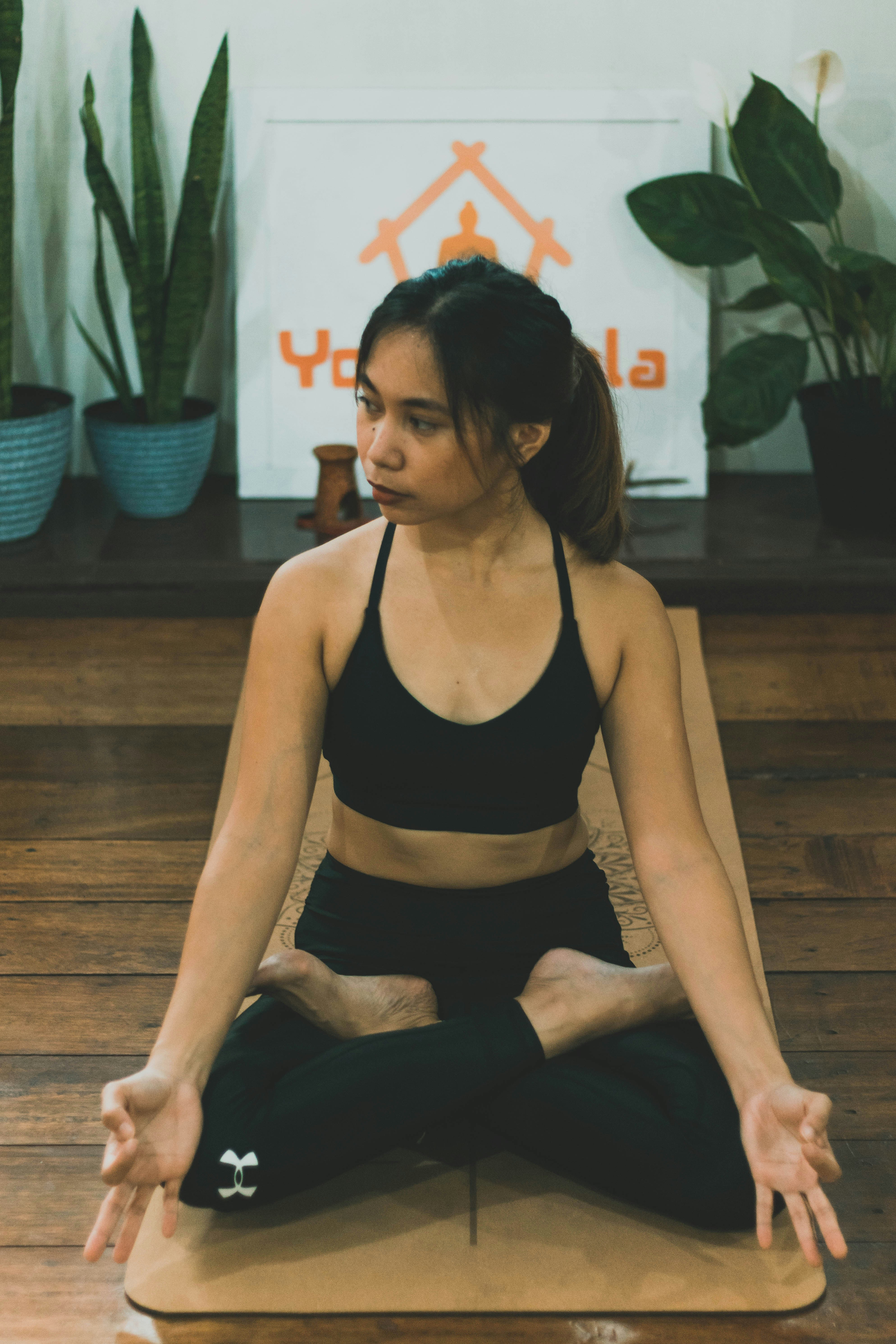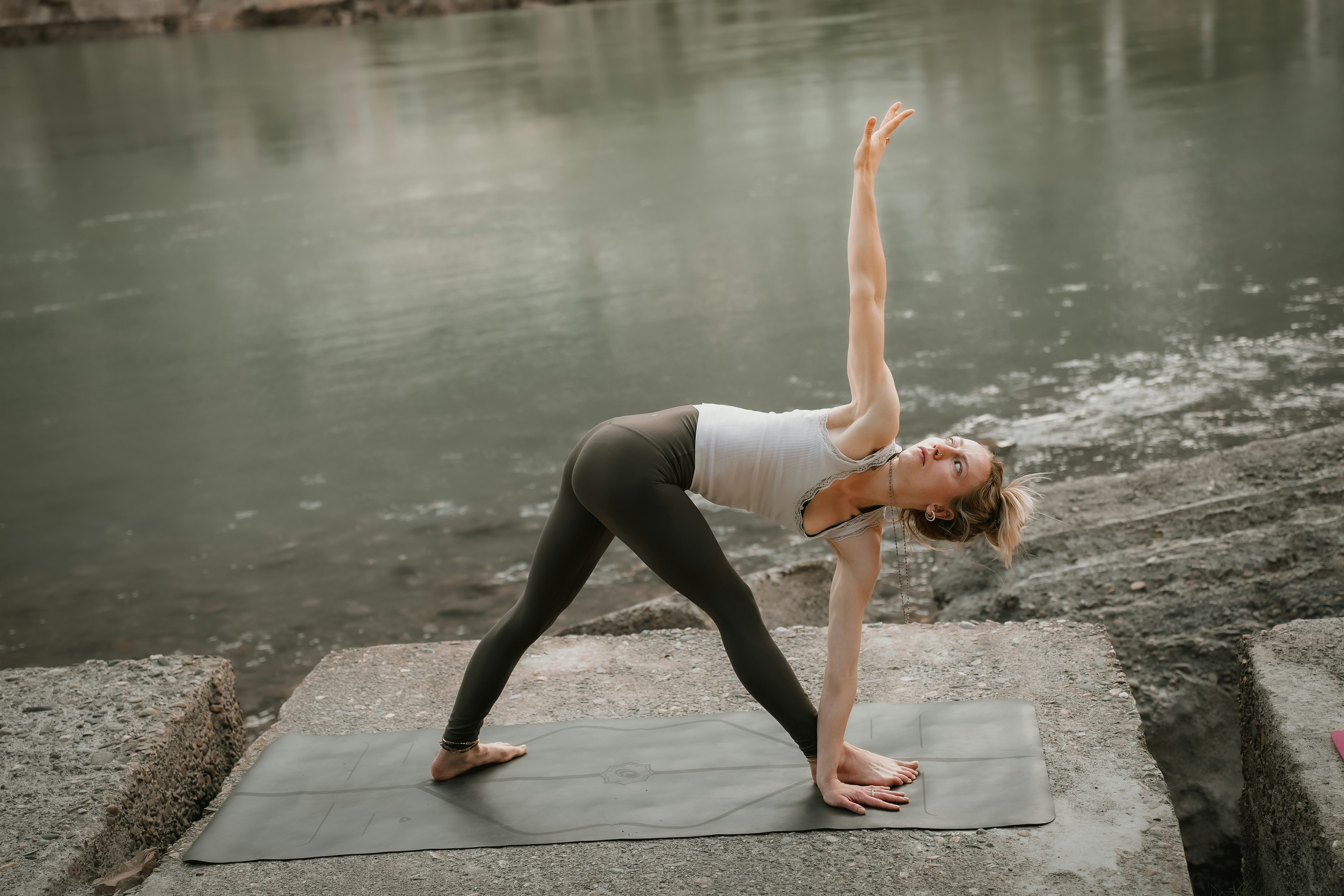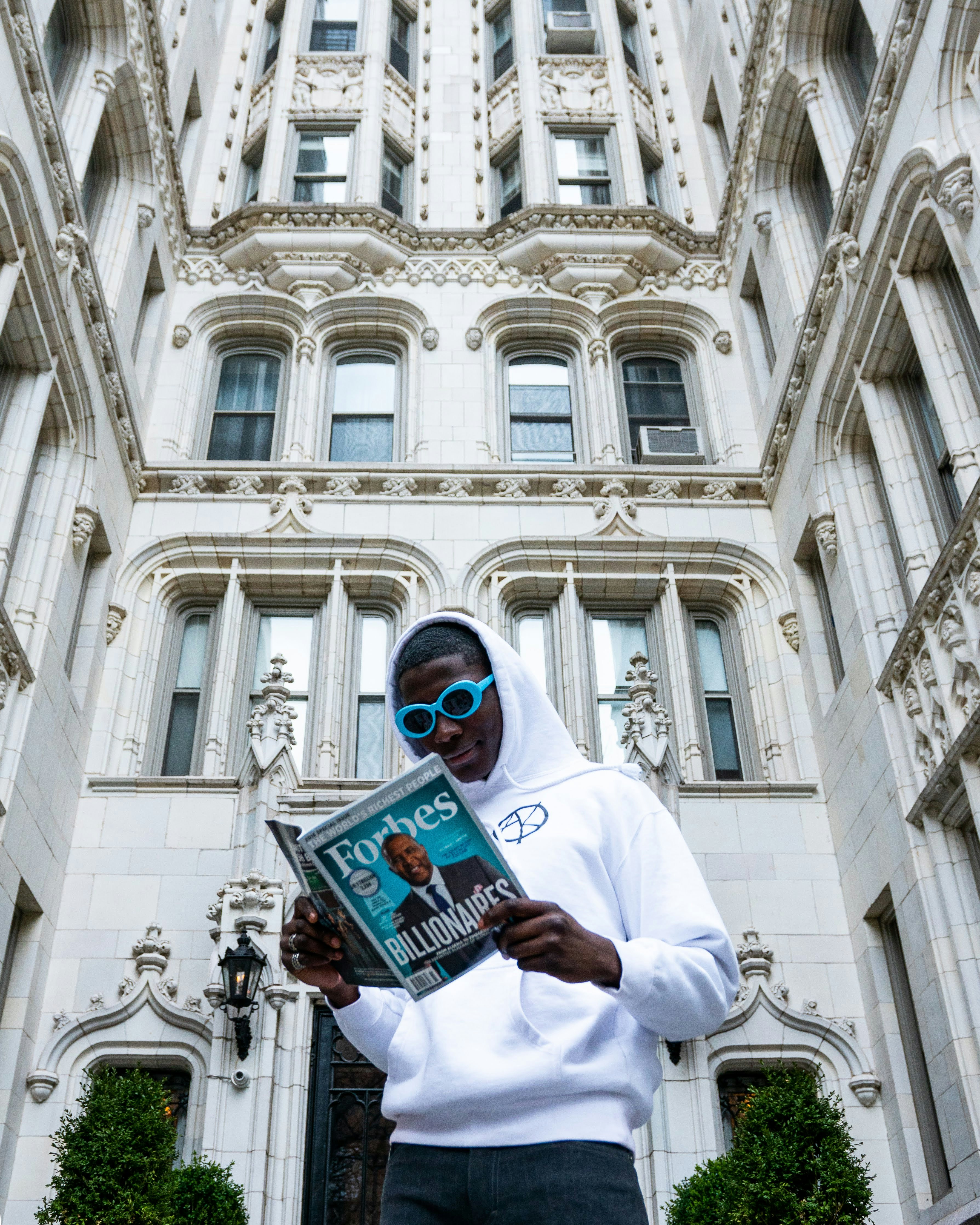Benefits of Reclining Bound Angle Pose
The Reclining Bound Angle Pose, known as Supta Baddha Konasana in traditional yoga practice, offers a range of physical, mental, and emotional benefits that enhance overall wellness. Physically, this pose is renowned for improving flexibility in the hips and groin, critical areas for many individuals who spend long hours sitting or engaging in repetitive activities. By practicing this pose, one can experience increased mobility in these joints, allowing for greater ease in daily movements and activities.
Moreover, Supta Baddha Konasana promotes improved blood circulation, which is crucial for maintaining vitality and health. Enhanced circulation can lead to more oxygen and nutrient delivery to tissues, supporting recovery and reducing muscle fatigue. This pose also serves as a gentle remedy for relieving tension and discomfort in the lower back. As practitioners settle into the pose, the supported position allows for the lumbar spine to decompress, which often alleviates tightness and discomfort.
From a mental perspective, Reclining Bound Angle Pose is an excellent restorative posture that encourages deep relaxation. By fostering a sense of calm, this pose can significantly help in reducing anxiety and stress levels, making it an ideal practice for individuals seeking tranquility amidst a busy lifestyle. The gentle stretch and invitation to breathe deeply allow practitioners to connect with their breath, promoting mindfulness and active presence in the moment.
This pose also has beneficial effects on the respiratory system. As individuals practice Reclining Bound Angle Pose, they may notice an expansion in their chest and diaphragm, facilitating easier breathing. Better respiratory function enhances overall well-being and supports the body’s ability to manage stress effectively. With its multitude of benefits, Supta Baddha Konasana proves to be a significant addition to any yoga practice focused on holistic health.
Modifications for Different Levels of Practice
The Reclining Bound Angle Pose, also known as Supta Baddha Konasana, offers several modifications that cater to various levels of experience and individual needs. For beginners, utilizing props such as bolsters, blankets, and yoga straps can significantly enhance comfort and support within the pose. A bolster placed under the spine can help ease tension and provide a gentle incline, allowing for a more relaxing experience. Likewise, placing rolled blankets or cushions beneath the knees contributes to a more supported hip opening, reducing strain and promoting relaxation. When using yoga straps, practitioners can loop them around the feet to help maintain the held position without overexertion.
For individuals with more advanced flexibility, modifications can be applied to deepen the stretch and enhance the challenge of the pose. For instance, instead of supporting the knees with props, advanced practitioners may choose to extend their legs wider while remaining mindful of alignment. This variation can create a greater stretch in the hip region while maintaining stability in the lower back. Those with extensive experience may also explore incorporating gentle variations, such as adding a slight twist or engaging the arms overhead for greater upper body involvement, enhancing the overall benefits of the pose.
Furthermore, accommodating individuals with specific health conditions is critical when practicing Reclining Bound Angle Pose. For those with tight hips or lower back pain, it is advisable to utilize props liberally to avoid discomfort. Individuals with knee injuries might find it beneficial to use additional padding under their knees to minimize pressure. In cases of pregnancy, practitioners should consult a trained instructor to adjust the pose safely, ensuring that both comfort and safety are prioritized. By implementing these modifications, practitioners of all levels can enjoy the restorative benefits of Reclining Bound Angle Pose while catering to their unique needs.
Contraindications and Precautions
The Reclining Bound Angle Pose, while beneficial for promoting relaxation and opening the hips, does come with several contraindications and precautions that practitioners should heed. It is crucial to assess individual health conditions before attempting this yoga posture to prevent injury and ensure a safe practice. One significant contraindication is pregnancy; the pose may place undue stress on the pelvic region, making it advisable to avoid it during all stages of pregnancy.
Additionally, individuals who have recently undergone any surgical procedures, particularly in the abdominal or pelvic areas, should consult with a healthcare provider before engaging in the Reclining Bound Angle Pose. This caution is not unwarranted, as the body’s recovery needs to be prioritized and any movements that could interfere with healing should be avoided.
Hip injuries also necessitate careful consideration. Those suffering from hip impingement, labral tears, or recent sprains may find that this pose exacerbates their conditions. Therefore, it is essential for such individuals to modify or skip the pose entirely. Furthermore, practitioners with a history of lower back issues should approach with caution, as the position may cause strain if not executed mindfully.
An important reminder across all yoga practice is to listen to one’s body. Signs of discomfort, pain, or strain should be taken seriously. Practitioners should be encouraged to respect their limits and adjust their practice accordingly. Utilizing props, such as cushions or bolsters, can make the pose more accessible, allowing for a more comfortable and safe experience. Ultimately, practicing awareness of physical sensations is vital for safeguarding one’s well-being while enjoying the benefits of the Reclining Bound Angle Pose.
Integrating Reclining Bound Angle into Your Yoga Practice
Incorporating the Reclining Bound Angle Pose (Supta Baddha Konasana) into your yoga practice can enhance your overall experience by providing a sense of relaxation and grounding. To maximize its benefits, it is crucial to sequence this pose thoughtfully within your yoga routine. Practitioners can benefit by placing it towards the end of their asana practice, allowing the body to unwind and reflect on the movements undertaken during the session. By combining this gentle posture with more dynamic sequences, such as Sun Salutations or Vinyasa flows, you can create a balanced practice that assists in transitioning the body into deeper states of relaxation.
Complementary poses, such as Forward Bends and Spinal Twists, can increase the effectiveness of the Reclining Bound Angle Pose. For example, performing a moderate Forward Bend, like Paschimottanasana, before moving into the Reclining Bound Angle can help to lengthen the spine and open the hips further, preparing your body more effectively for this restorative pose. Additionally, gentle twists like Ardha Matsyendrasana can be practiced both before and after the Reclining Bound Angle Pose to optimize spinal flexibility and enhance overall relaxation.
When practicing the Reclining Bound Angle Pose, consider your breathing technique. Engaging in deep, diaphragmatic breathing will promote relaxation and encourage blood flow throughout the body. Aim for a duration of 5 to 10 minutes in the pose, allowing ample time to connect with your breath and silent your mind. Creating a serene environment is essential; dim lighting, calming music, and the use of props, such as bolsters or blankets, can significantly improve the experience. Whether you choose to integrate this pose into a restorative yoga session or utilize it as a gentle transition between more taxing postures, the Reclining Bound Angle Pose serves as a valuable tool in fostering both physical and mental contentment during your practice.



Leave a Reply